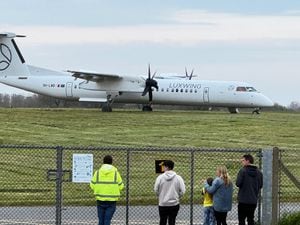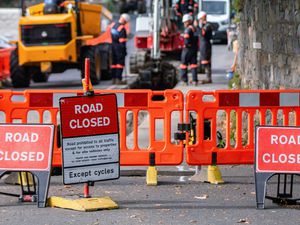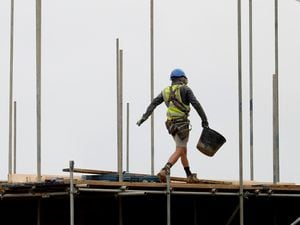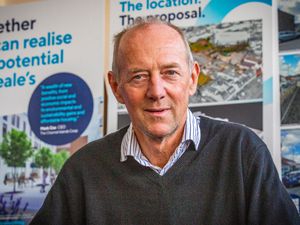Visit by family of first liberator to land put back 12 months
THE family of the first British soldier to land on Guernsey soil at the end of the Occupation have vowed to visit next year after plans to come here to mark the 75th anniversary of Liberation were curtailed by the coronavirus.
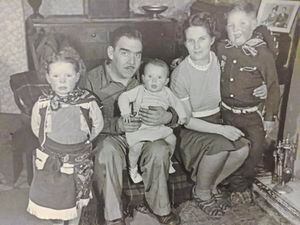
Sergeant-Major Robert Shaw frequently and proudly recalled the landing at L’Ancresse Bay to his relatives.
Eleven family members, including his great grand-children, were due to celebrate together in Guernsey this year, travelling from Glasgow, Perth, the Isle of Cumbrae, London and Windsor.
His son, Martin, said that his father was proud of being part of such a historic moment in liberating the island.
Born in September 1915 in Springburn, Glasgow, Sergeant-Major Shaw was in charge of the outfit which liberated Guernsey on 9 May 1945.
Task Force 135 was the British military contingent that liberated the island, code-named Operation Nestegg.
‘He talked about this moment throughout his whole life and he was thrilled to be invited back in 1995 to receive an official commemorative medallion with 170 surviving veterans of Task Force 135,’ Mr Shaw said.
The British troops ‘met no opposition whatsoever except for the mobbing of the soldiers by the hilariously enthusiastic population’.
As part of a Royal Electrical and Mechanical Engineers unit, Sergeant-Major Shaw had travelled overnight from Plymouth in an American landing craft alongside his serving soldiers.
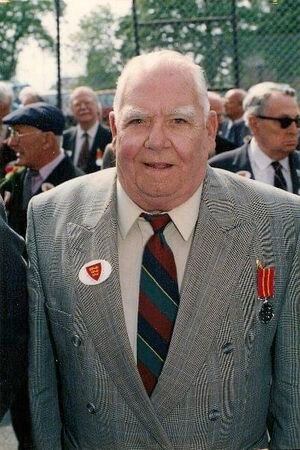
He was the first to disembark on a motorcycle followed by a number of armoured vehicles.
L’Ancresse was chosen for the landing due to a suitable 10-metre tide required to offload heavy machinery needed to return the island to normality.
John Rault, then a young lad, was cycling on the right hand side of the road and was the first local Sergeant-Major Shaw met.
Sergeant-Major Shaw stopped Mr Rault, instructing him to ‘cycle on the British side of the road,’ concerned that Mr Rault would be knocked over by the vehicles behind him.
Forty-seven years later, in 1992, Sergeant-Major Shaw visited Guernsey from Scotland again and was interviewed by the Guernsey Press.
Mr Rault read the article, leading the two to reconnect and share their memories.
They remained in touch until Sergeant-Major Shaw died in 2005, aged 89.
‘The fact he managed to reconnect with the very little boy he stopped all those years ago was just magical for him,’ Mr Shaw said.
‘Visiting Guernsey as a family in his memory was going to be such a special moment for us to be together and remember all those that fought with him in the war. We are planning on re-booking for next year instead.’
While Sergeant-Major Shaw’s REME were in Guernsey they used Ash’s Garage for vehicle repairs.
As a trained motor mechanic, he told the Guernsey Press in 1992 that the British officers were anxious to get use of German cars while stationed in the island. Many vehicles had been converted to charcoal-burning units due to petrol shortages.
During his post-war stay, Sergeant-Major Shaw worked with German troops who were needed to help in the garage.
Additionally he was ordered to Jersey and to Sark, where he met the Dame of Sark whilst trying to recover a road roller which had fallen from a ship during landing.
Sergeant-Major Shaw went on to marry an English wartime nurse, Esme Collinson, with whom he had fallen in love during his service. He flipped a coin to decide whether to contact Miss Collinson after the war, which happily resulted in starting a family in Scotland.


